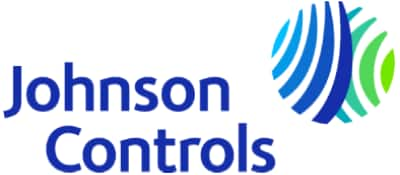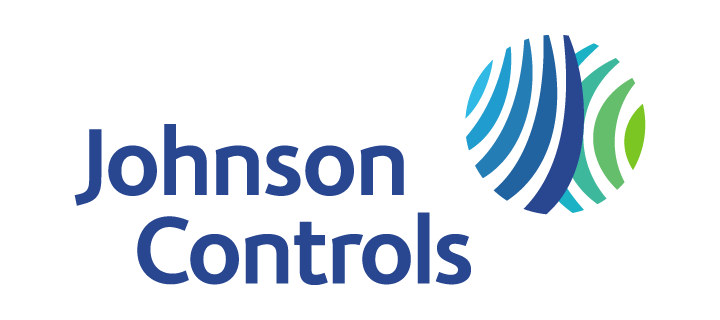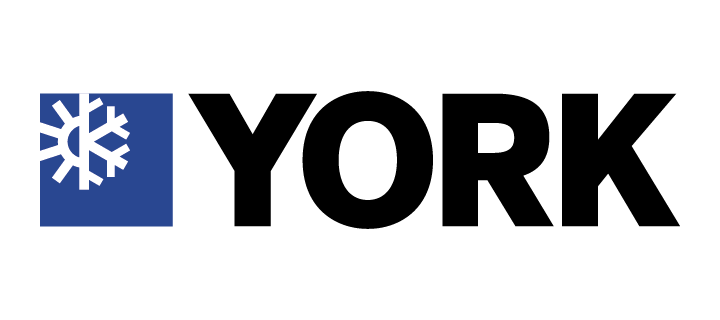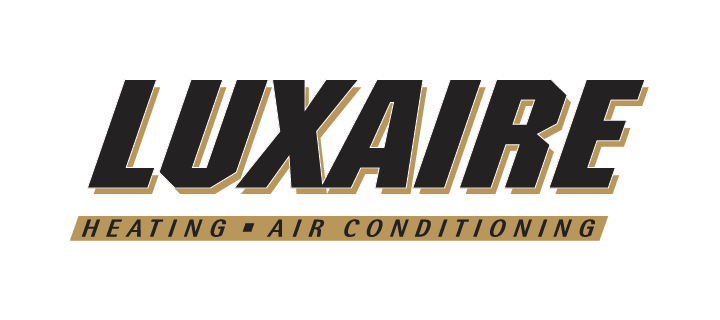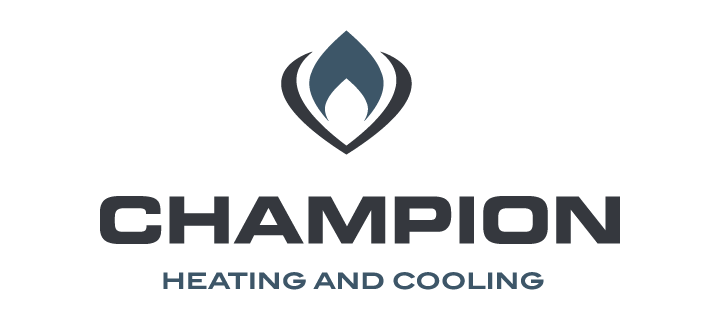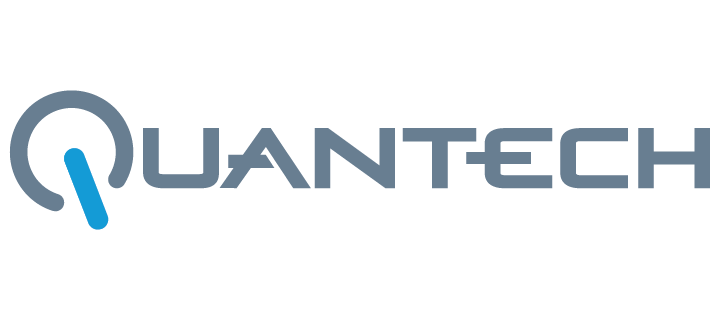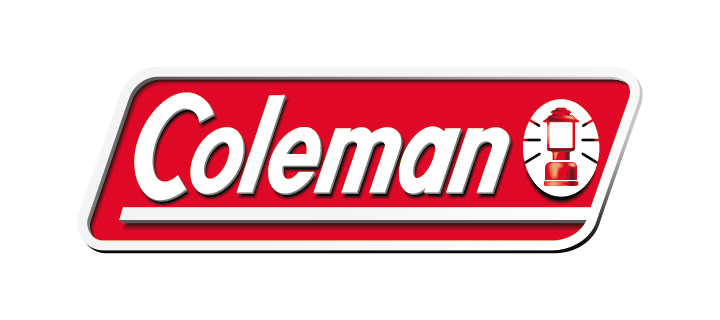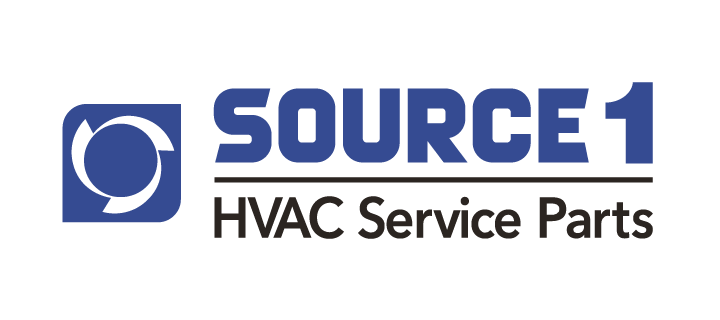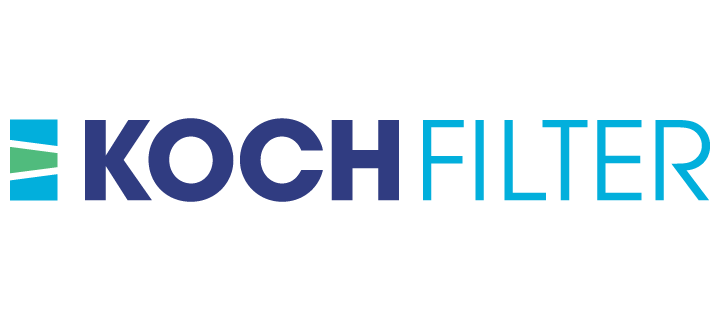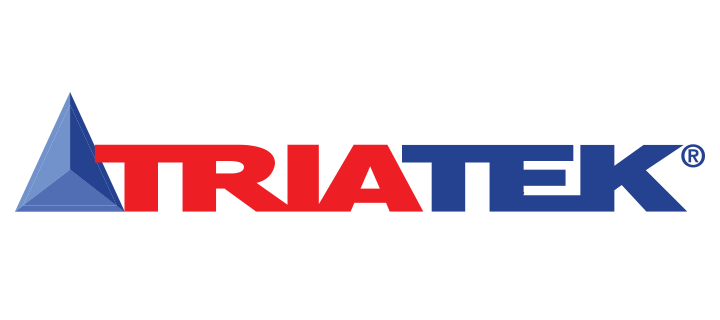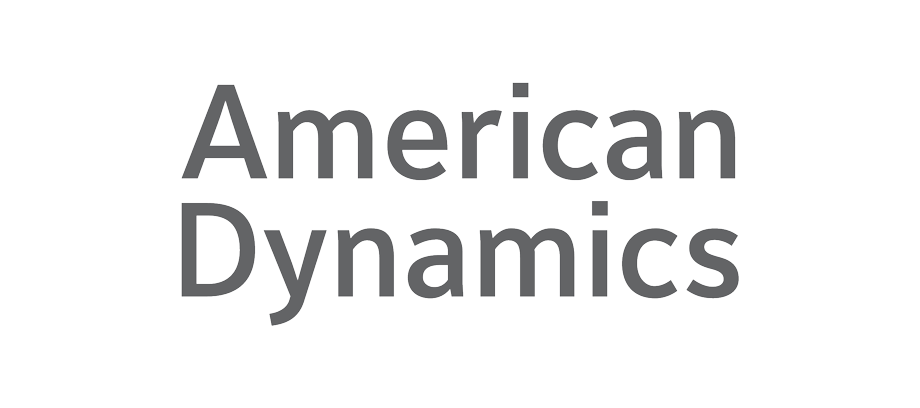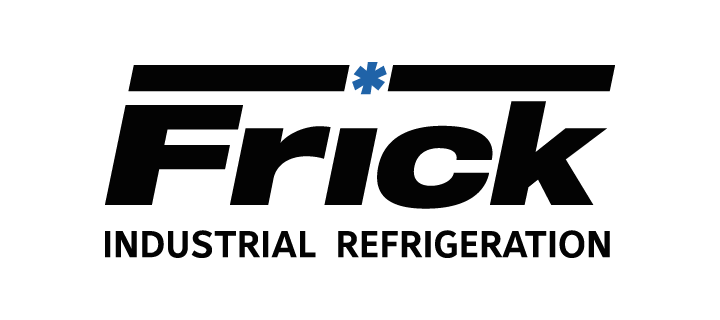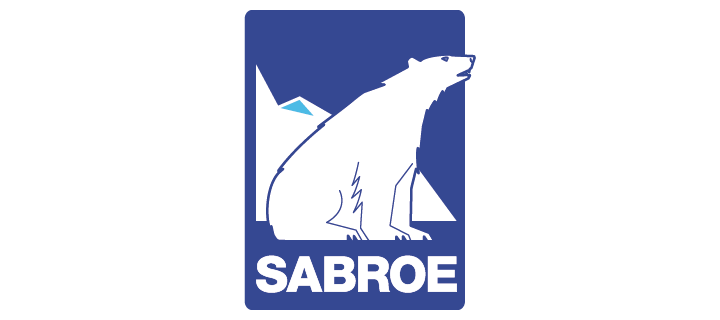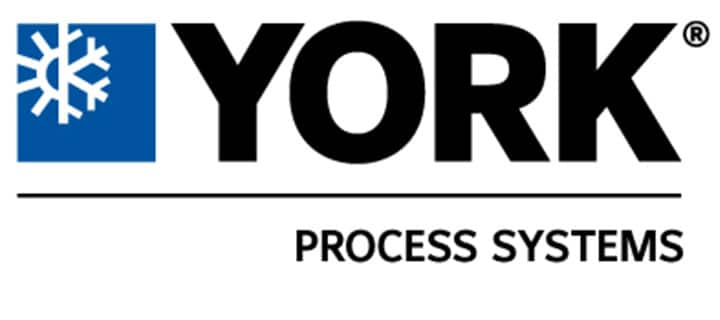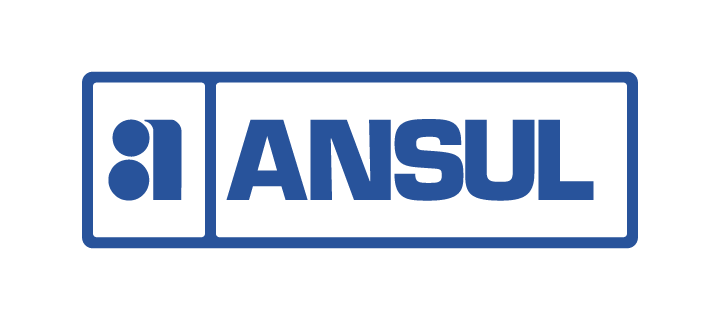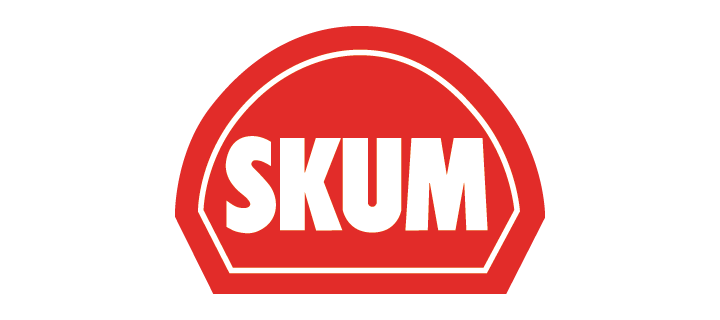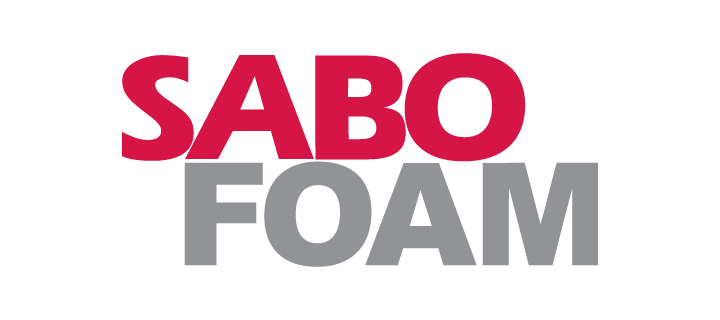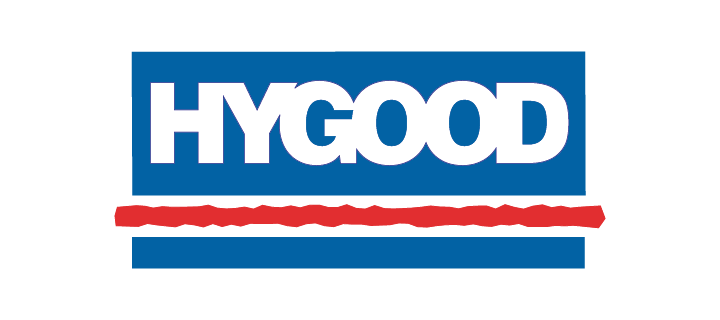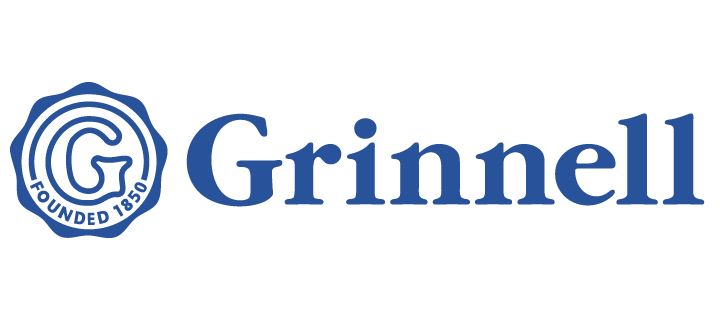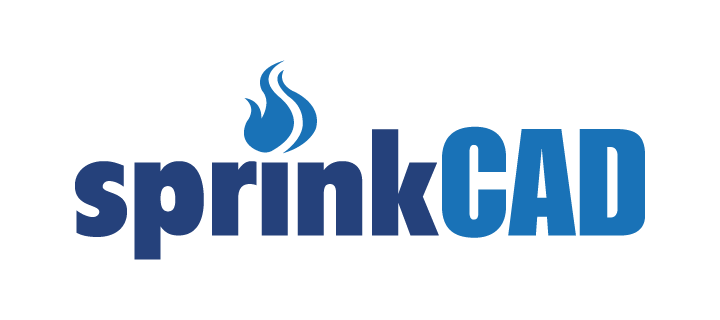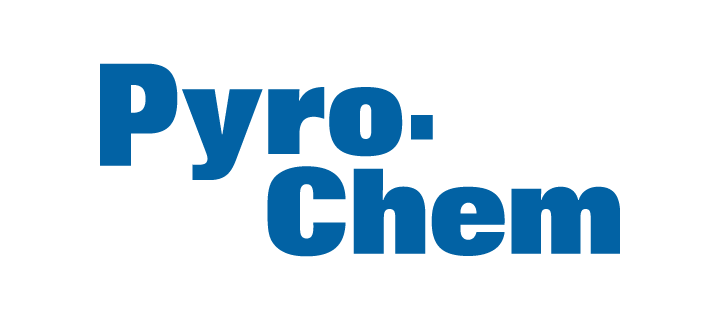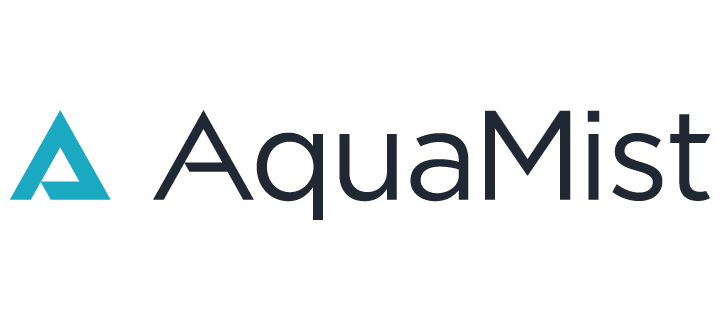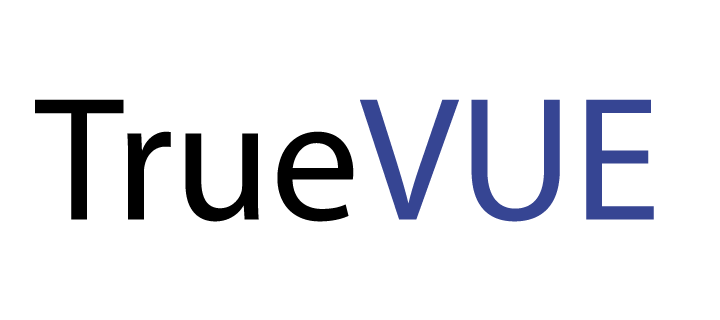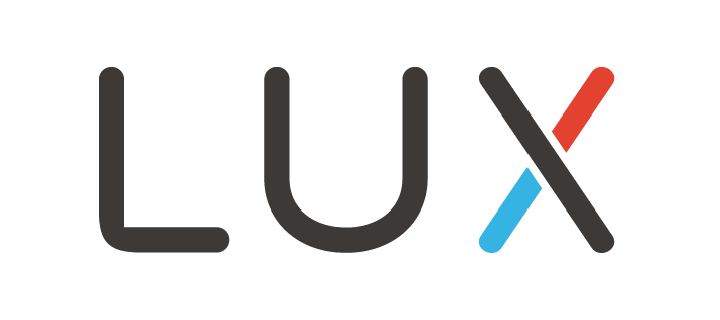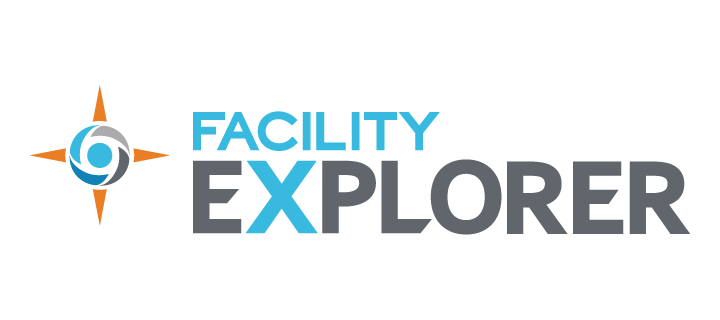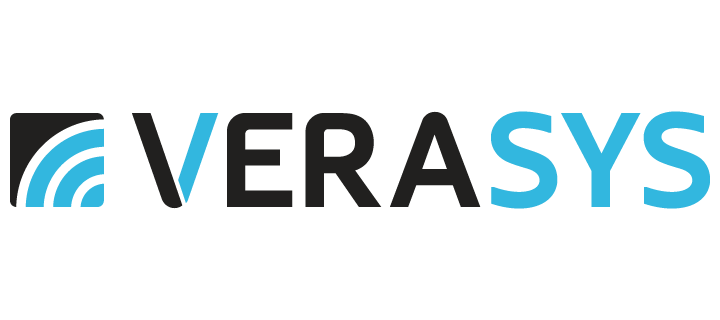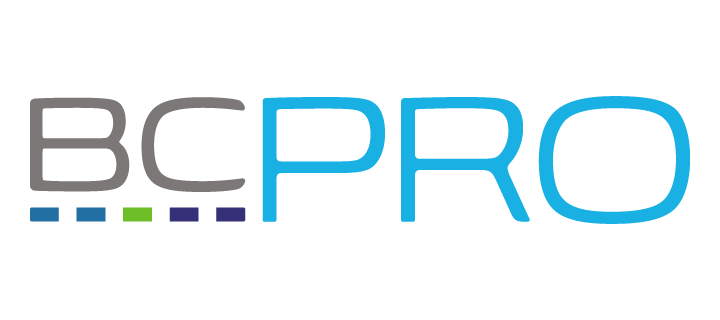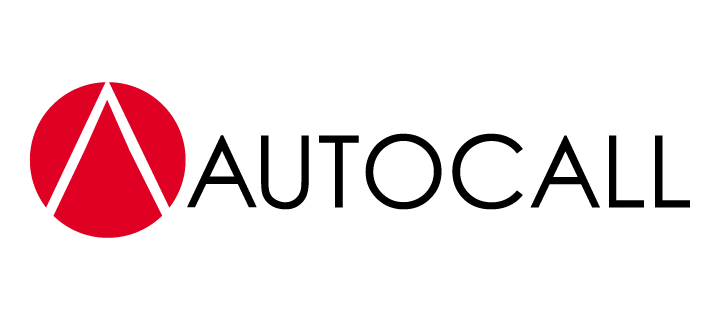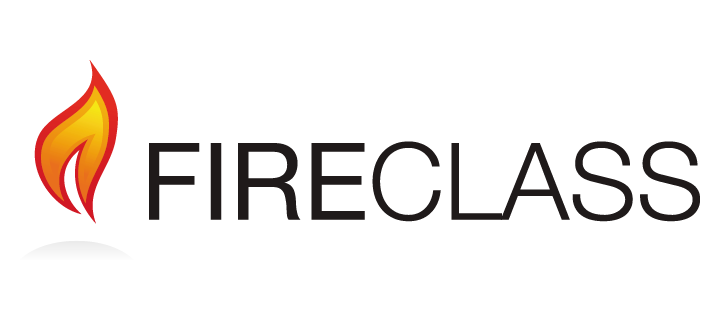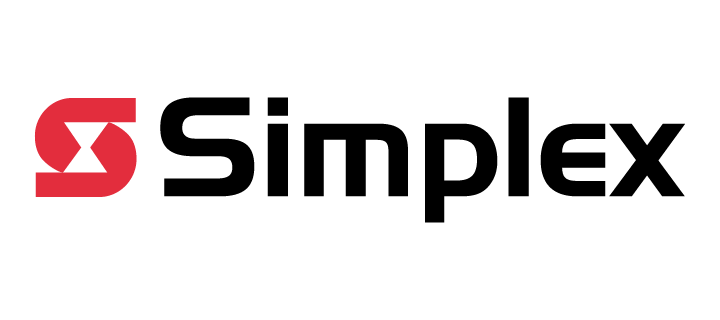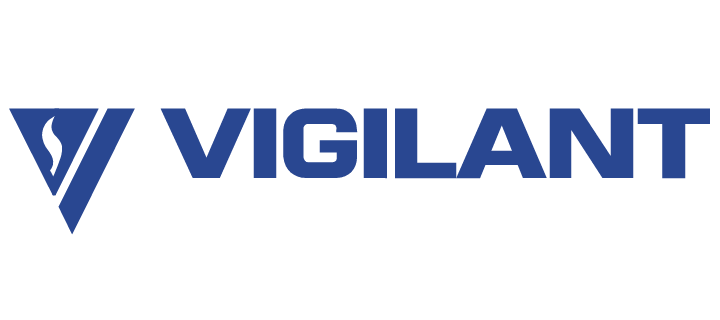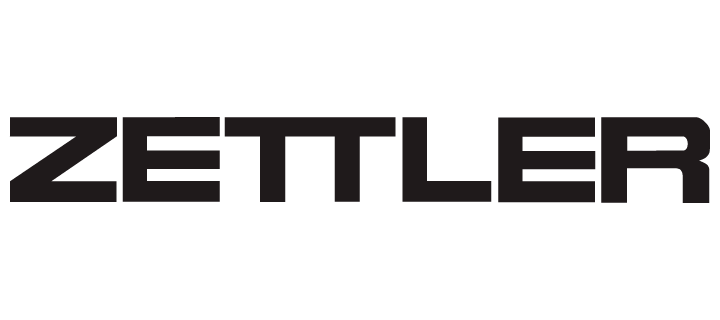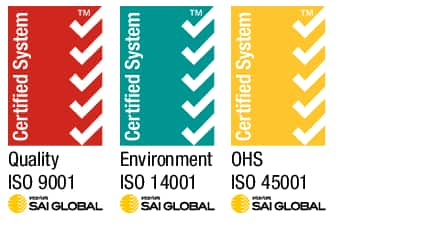Five Trends Impacting K-12 Lighting Projects
Lighting technology options for school districts have significantly changed over the past five years due to advancements in lighting and controls technology

By Jon Parrish
Lighting Regional Engineering Manager, Johnson Controls
-
Trend 1: Light-emitting diode (LED) light sources can now replace all conventional light sources
Looking back five years ago, lighting improvements for K-12 customers usually included the following measures: - Linear T12 or T8 fluorescent lamps were retrofitted to second generation 28W or 25W T8 fluorescent lamps
- Incandescent screw in lamps were retrofitted to compact fluorescent lamps (CFLs)
- Pin based CFLs might be replaced with slightly better second generation CFLs
- High intensity discharge (HID) exterior and area light sources were retrofitted to pulse start metal halide, induction and, in some cases, fluorescent light sources
- HID gym fixtures would be retrofitted to new highly efficient fluorescent fixtures
A typical K-12 customer of Johnson Controls today would find very different, and improved, product offerings including:
- Linear fluorescent lamps upgraded to LED tubes, LED kits or LED fixtures
- CFL downlights retrofitted or replaced with LED
- Incandescent bulbs retrofitted to screw in LEDs
- Exterior HID fixtures upgraded to LED, with onboard controls and bi-level dimming
- HID and fluorescent gym fixtures replaced with new LED fixtures with integral controls including occupancy sensing and daylight harvesting
Why are LEDs replacing all conventional lighting sources? The primary benefits of changing to an all LED source is a combination of energy savings and operational savings. Five years ago, second generation T8 fluorescent systems provided a boost in energy savings but provided limited operational savings. Simply put, second generation T8 fluorescent systems operated similarly to the older T8 and T12 systems that they replaced.
There are still the exceptions where LED isn’t the most cost-effective retrofit (for example decorative fixtures) but overall there is now an overwhelming abundance of LED products with specific applications for the K-12 market. This rapid increase in product offerings has produced a number of other benefits and trends including . . .
Trend #2: Reduction in facility operating costs: Labor
Recently I had an opportunity to meet with a Johnson Controls customer who was considering an LED overhaul at his school district. During the conversation we talked about the many different types of LED solutions that are available on the market today. After a short time I could tell that traditional LED kits, fixtures or LED tubes (on existing ballasts) were of little interest to him. For this customer, the primary driver in making a conversion to LED wasn’t the energy savings but the lack of available electrical technicians in the region. By going to a direct wired LED tube solution and removing the ballast completely, the facility manager was able to have his more economical custodial staff replace the tubular LED products when they fail rather than the more expensive and difficult-to-schedule electricians. Now his custodians carry LED tubes and do the replacement when they notice an outage.
Moreover, solid-state lighting products such as LED tubes have a longer lifespan and are a more durable light source than conventional fluorescent, HID and incandescent light sources. While fluorescent products still have some benefits in specific applications, they are being quickly overtaken by quality LED products that provide a lifespan of 50,000 to more than 100,000 hours compared to 30,000 to 40,000 hours for fluorescents. Additionally, LED products are rated on the metric L70 (30% depreciation opposed to complete failure or burnout) which means they will likely continue to operate well past their “rated” lifespan.
All of this helps K-12 facility managers by reducing the amount of time their staff dedicates to replacing lamp burnouts and increasing the time toward true facility maintenance activities.
Trend #3: Reduction in facility operating costs: Material
A typical K-12 school district customer will have buildings under management that operate lighting systems anywhere from 1,800 to 3,500 hours per year. The low-end of LED operation (50,000 hour) equates to almost 15 years before the LED products would reach the end of their useful life.
Moreover, moving to a smaller number of LED SKUs leads to a simplification and reduction in inventory. This has a number of benefits including a simpler ordering process, better buying power due to fewer SKUs but larger volumes and reduced staff time managing stock.
Trend 4: 50 percent (and more!) increase in energy savings
It goes without saying that the LED lighting revolution would not be happening without the significant energy savings over conventional light sources. Five years ago, second generation fluorescent technology customers were getting more than 25% energy savings over first generation T8 lamps with tradeoffs including lower lumen performance and cold weather performance problems.
The past five years have seen significant improvements in quality, consistency and availability of LED products and many have been surprised by the downward pressure on cost, resulting in dramatic increases in the ROI (return on investment) of LED tube, kit and fixture products.
By converting to LED, Johnson Controls K-12 customers have frequently experienced 50% or more improvement in energy savings and it is not surprising to see efficiencies of 60% to 80% over the original lighting baseline load. One word of caution though, it is extremely important to work with a qualified lighting integrator. This is an industry that continues to have fly-by-night manufacturers with inconsistent quality, delivery and long term reliability problems. As always, it is important to work with a trusted provider to help you find and select qualified vendors.
Trend 5: Connectivity, controllability and benefits beyond the watt (this isn't your father’s T8 fluorescent)
This trend is not necessarily built around energy savings (that do exist) but is more geared towards giving customer connectivity and control of their lighting system. Five years ago our typical lighting control offerings for a school classroom consisted of a room based occupancy sensor, basic time clock control, i.e. on/off and potentially limited daylight harvesting. All other control options were typically outside of our customers’ budget requirements.
Today due to the unique controllability of LED technology and the rapid adoption of smaller controls built on wireless mesh networks and Bluetooth connectivity, many manufacturers are offering connected lighting packages that provide all-in-one solutions with easy classroom installation.
For a marginal cost above an LED tube retrofit product, a K-12 facility manager can now buy a new LED fixture that comes pre-wired with smarts on board that come out of the box with dimming, scene selection, daylight harvesting and energy monitoring. Advanced lighting control such as human-centric lighting that creates a more productive learning environment as well as non-lighting applications like asset and people tracking are also now possible. Replacing the fixtures can be an easy and cost effective approach that gives an old lighting system a new refreshed look while being paid with energy savings.
About the author
Jon Parrish is the regional engineering manager for Johnson Controls Lighting Solutions. After graduating from the University of Colorado Architectural Engineering program, he spent more than 16 years in the engineering consulting and ESCO lighting fields developing projects with small and large K-12 customers. Working for Johnson Controls, he oversees the lighting design team responsible for designing and implementing large turnkey lighting projects.
